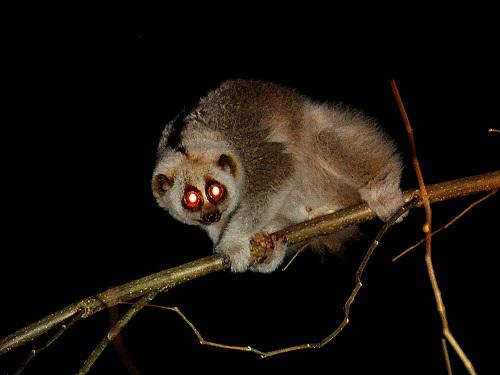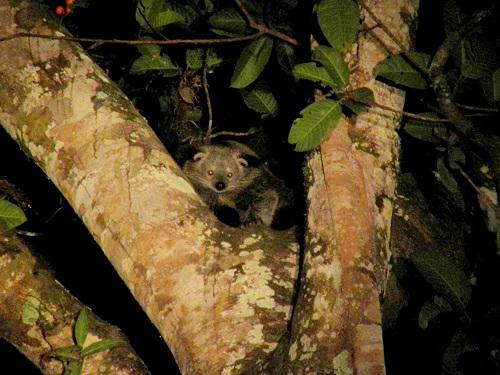Murali Krishna
The Project Aims at investigating the foraging patterns of Nocturnal Frugivores in Namdapha National Park along with understanding the conservation threats faced by the species.

Slow Loris.
Frugivores are considered to be the most important seed dispersers in tropical forests. Research on avian as well as diurnal frugivores and their role in tropical forests has been undertaken globally. However, with the exception of studies on rodents and deer; most research has been focused on diurnal animals. As a result, studies on nocturnal animals are rare in comparison globally.

Binturong.
So, in this connection, we have initiated this pilot project where, we study the foraging patterns of Nocturnal Frugivores in Namdapha National Park, Eastern Himalayas, Arunachal Pradesh, India. Also, we will be focusing on the threats faced by the species. There are less or no studies on the nocturnal mammals with regard to feeding habits from Arunachal Pradesh. So, this is the first study of this kind in this part of the country. Most of the feeding habits of the nocturnal frugivores like civets were studied earlier through scat analysis, but here, we carry out the spot light surveys to study the feeding habits where the animal is located using spot lights and will be followed to record observations. Also, emphasis on the conservation issues will be done through interviewing the hunters and traditional healers of the surrounding villages to record the hunting pressure.